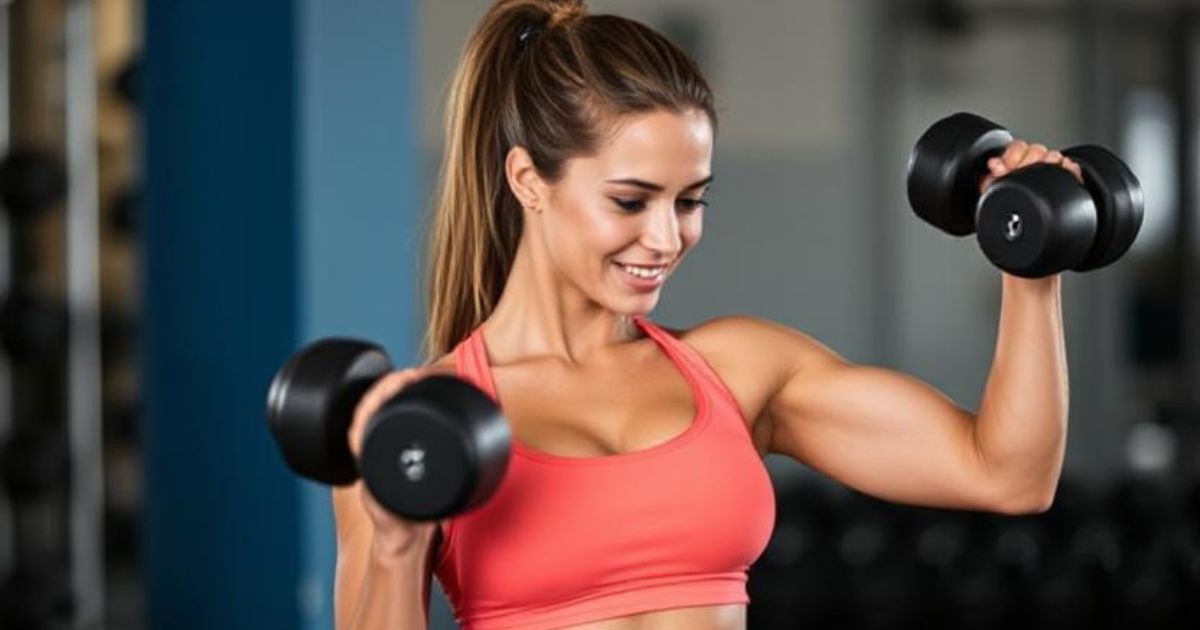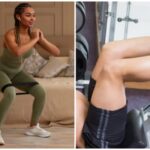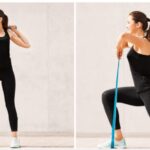Want bigger arms? Check out the 7 best dumbbell Bicep Workouts to gain serious size and strength without gym equipment!
Dumbbells are a must-have if you want to make great-looking biceps. They allow a much fuller range of motion, help correct muscle imbalance, and allow you to isolate the target for maximum hypertrophy. This complete guide will survey the top 7 dumbbell bicep exercises, including tips on technique, programming suggestions, and variations to keep your workouts fresh and effective.
Bicep Anatomy
The biceps brachii consists of two heads:
The long head runs along the outer part of the arm, contributing to the biceps’ peak.
The short head runs along the inner part of the arm, contributing to thickness.
Other muscles involved are the brachialis (situated beneath the biceps) and the brachioradialis (in the forearm), which are both of prime importance in flexion as well as arm development.
The 7 Best Dumbbell Bicep Exercises
1. Dumbbell Curl
Mainly works: Both biceps heads
Execution is:
Standing upright, each arm freely extended with a dumbbell in each hand, palms facing forward.
Keeping your elbows stationary by your side, curl those weights with the contraction of your biceps.
Continue raising the weights until a full contraction of the biceps has occurred, and the dumbbells are at the level of the shoulder.
Pause momentarily, then lower again in a slow and controlled manner until returning to the starting position.
Pro Tip: No swinging; maintain proper form so the bicep does all of the work.
2. Hammer Curl
Muscle Group: Brachialis and brachioradialis
How to do it:
Take a dumbbell in each hand and put your arms at your side with your palms facing your torso (neutral grip).
Without flexing your elbows, curl the dumbbells while contracting your biceps.
Raise the dumbbells to shoulder height, pause, then slowly lower them back down.
Pro Tip: This variation hits primarily the brachialis and can help develop thickness in your arms.
3. Incline Dumbbell Curl
Muscle Group: Long head of biceps
How to do it:
Sitting on an inclined bench, set to a 45-60° angle (find an angle that works for you!), hold a dumbbell in each hand with your arms extended.
Keep your palms facing forward as you curl the dumbbell and keep your upper arms stationary.
Lift the dumbbells to shoulder level, pause, then slowly lower them back down.
Pro Tip: The incline decreases the leverage, stretching the long head, and increases activation of the long head.
4. Concentration Curl
Target: the short head of the bicep
How to Perform:
Sit on a bench with your legs apart, holding a dumbbell in one hand.
Place your elbow against the inside of your thigh, allowing the dumbbell to hang freely.
Curl the weight towards your shoulder, pausing at the top of the movement, and then slowly lower it back down.
Pro Tip: If you want to increase muscle contraction, be sure to perform a slow controlled movement.
5. Preacher Curl (The Dumbbell version)
Target: the long head of the bicep
How to Perform:
Using a preacher bench, hold a dumbbell in one hand, resting your arm on the bench pad.
Palm facing up, curl the weight towards your shoulder, pausing at the top of the movement and slowly lower it back down.
Pro Tip: The preacher curl isolates the bicep and reduces help from some of the accessory muscles.
6. Reverse Curl
Target: the brachioradialis and forearms
How to Perform:
Hold a dumbbell in each hand with a pronated grip (palms down).
While keeping your elbows close to your body, curl the weights while contracting your biceps.
Curl the dumbbells up as if you were going to shoulder level, pausing, and then slowly lower the weights back down.
Pro Tip: Bringing in the reverse curls can help to improve forearm strength and overall arm look.
7. Zottman Curl
Muscles Worked: Biceps and forearm muscles
How to do it:
Begin with a dumbbell in each hand (palms facing up).
Curl the weights to shoulder height and rotate your wrists (palms facing down).
Slowly return the dumbbells to the starting position.
Pro Tip: This is a combination movement that works both the biceps and forearms equally so you’re developing balanced arms.
Sample Dumbbell Bicep Workout Program
Beginner Level:
- Standard Dumbbell Curl – 3 sets of 10-12 reps
- Hammer Curl – 3 sets of 10-12 reps
- Concentration Curl – 2 sets of 12-15 reps
Intermediate Level:
- Incline Dumbbell Curl – 3 sets of 10-12 reps
- Zottman Curl -3 sets of 10-12 reps
- Reverse Curl – 3 sets of 12-15 reps
Advanced Level:
- Preacher Curl – 4 sets of 8-10 reps
- Incline Dumbbell Curl – 4 sets of 10-12 reps
- Zottman Curl – 3 sets of 12-15 reps
- Concentration Curl – 3 sets of 12-15 reps
Some Tips on Training:
Rest 60-90 seconds in between sets
Stay focused on form instead of weight. Use a weight that allows you to maintain proper form during exercise, or you will get injured.
Practice progressive overload. Consistently increase the weights or reps over time.
Variations and Advanced Techniques
Fat Grip Curls: Fat grips or wrapping towels around dumbbells provide a thicker grip that will work on grip strength and more strongly activate the forearms.
Supersetting: This is when you choose two exercises to be completed consecutively (e.g. Hammer Curl followed by Reverse Curl) and it will help to improve your muscle gains and add intensity to your workout.
Drop Sets: After achieving failure with a weight, take off the load and continue the set to overload and fatigue the muscles even more.
Maximizing Muscle Growth
In order to see definite growth in your biceps, do the following:
Consistency: Train your biceps 2-3 times per week, while ensuring there is at least 48 hours in-between training sessions.
Nutrition: Get enough protein to repair and grow your muscle systems.
Recovery: Sleep and rest days are paramount, so let that muscle recover and grow!
Progressive Overload: Gradually but progressively overload the amount of weight, or repetitions in each session, so that your muscles are constantly challenged.
Using these 7 dumbbell exercises throughout your program will create much muscle growth in your bicep muscles. By understanding the anatomy, maintaining proper form, and incorporating some advanced techniques,
you’re going to unlock the full potential for muscle growth in your biceps. By maintaining a consistent approach to training and progressively overloading your muscles to the limit, we will be able to achieve some impressive sleeve-stretching arms together.
FAQs
1. Exactly how often should I train biceps with dumbbells?
For maximum bicep growth, you should train your biceps 2–3 times per week, allowing for at least 48 hours of rest between training sessions for recovery.
2. Can I get big biceps with dumbbells?
Yes. As long as you perform the workout consistently, use progressive overload, and use proper form, you can gain size and strength in your biceps with only dumbbells.
3. How much weight should I use for dumbbell bicep exercises?
You should start with a weight that you could do 10–12 reps with good form, but it should be challenging by the last 2–3 reps you perform. Then, as you become stronger,r you could increase the weight.
4. How long will it take to see results?
You will typically see results 6–8 weeks into a consistent training program, along with nutrition and recovery. Results are individual and can also be influenced by your training experience and genetics.
5. Are compound exercises superior to isolation for biceps?
Both forms of exercise have their place in a program. Compound lifts (such as rows or pull-ups) allow progression of overall arm size and strength, whereas isolated movements (such as biceps curls) help create shape and size specifically in the biceps.
6. Should I train biceps on their own day or with other muscles?
You can train biceps on their own day, or train biceps with other muscle groups (most commonly back or triceps). The most important factor is simply making sure you are responsible for hitting their volume and sufficient recovery.
















